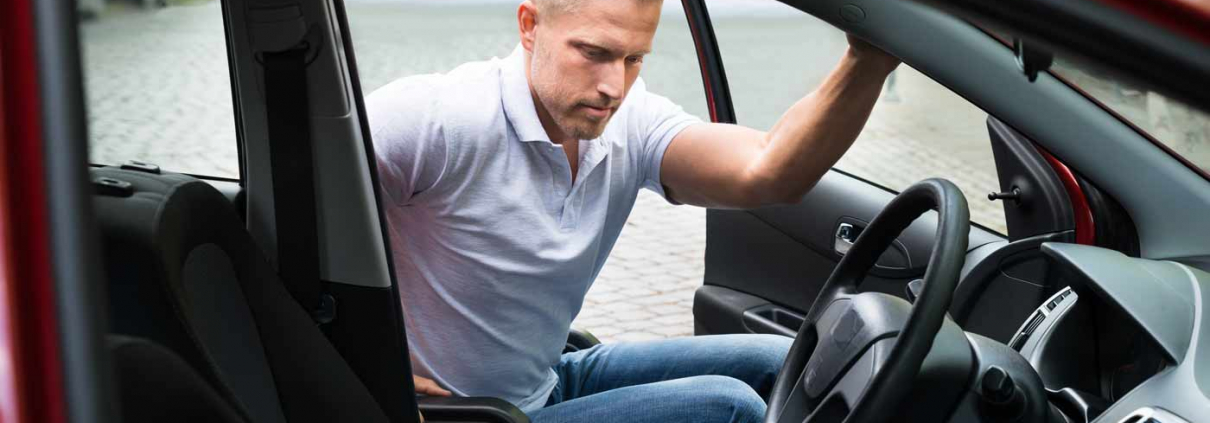Adapted Vehicle Tips for New Wheelchair Users

When learning a new skill or hobby, there may be a time of challenge before complete understanding. In the same way, a new wheelchair user, especially one beginning to use a minivan, SUV, or truck that is wheelchair accessible, can experience difficulties that can be frustrating. But, with the help of a qualified mobility equipment dealer and Certified Driver Rehabilitation Specialists (CDRS), you can be on your way to moving forward with ease. Here are some ways you can think about the use of your wheelchair accessible vehicle that will help you in the long term.
Consider Your Environment
To think about purchasing an accessible vehicle or mobility equipment, you’ll have to factor in where you will be using your vehicle. This purchase is an investment, so keep in mind the weather conditions you will have to face and the routine maintenance needed for your specific minivan, SUV, car or truck. Besides your environment, you should think of your present and potential changes for future conditions. Transferring into and out of an accessible vehicle is great for someone with upper body strength but can get tiresome and not possible if your conditions worsen.
Entering and Exiting an Accessible Car
Now that you have your handicap accessible vehicle, it’s time to get in and drive or ride. Some vehicles have the option of a conversion ramp, allowing you to enter the vehicle with your wheelchair for convenience. For those without that option, some people can transfer by themselves by angling your wheelchair as close to the vehicle as possible for the best range of motion. Then, you should slide into your seat using your upper body strength. Once you’re in your handicap accessible car, slide the seat so you can collapse the wheelchair before placing it in the passenger seat or in the seat behind you.
With the Help of a Caregiver
If you have limited upper body strength, lifting yourself into an accessible vehicle is possible with the aid of a caregiver. This is much like entering an accessible vehicle by yourself, but the caregiver will apply a safety belt so the transfer goes as smoothly as possible. The caregiver should stretch before moving you, but you should move to the edge of your seat for assistance. Then, place your weight on your armrests so you prevent using force that accidentally hurts your caregiver. While your knees are bent and aligned with your caregiver’s, you’ll have a smoother transition from wheelchair to vehicle.
The National Mobility Equipment Dealers Association (NMEDA) is an advocate for mobility and accessibility for drivers with disabilities. If you need help with converting or buying a handicap accessible car, truck or van, please consider one of our Quality Assurance Program mobility equipment dealers. Find a dealer near you: https://nmeda.org/consumer-resources/dealer-locator/
